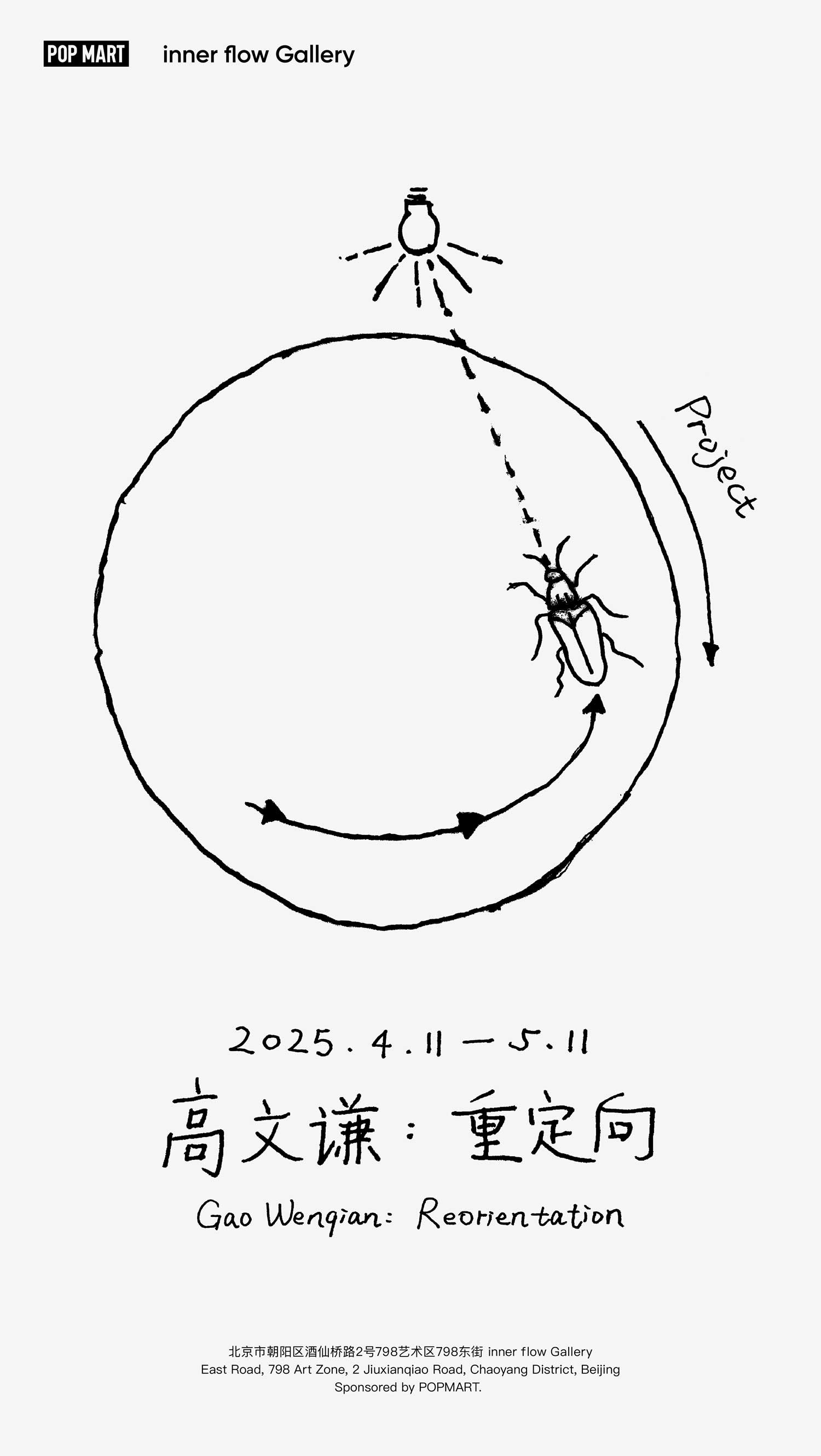Many animals navigate by reading light. When the source is distant—sun, moon, stars—they are able to maintain a steady angle and direction over long distances. But near a closer light, that angle shifts rapidly with even the smallest movement, demanding constant correction.
Our bodies, shaped by slow evolution, have not caught up with the sudden rise of artificial light. Moths spiral endlessly around a lamp, reorienting again and again, never arriving. In the accelerating systems of technology, where rules, patterns, and signals keep shifting, our sense of direction begins to fray. We follow, then correct. We lose course, then reset. Reorientation becomes a rhythm between inertia and interruption.

